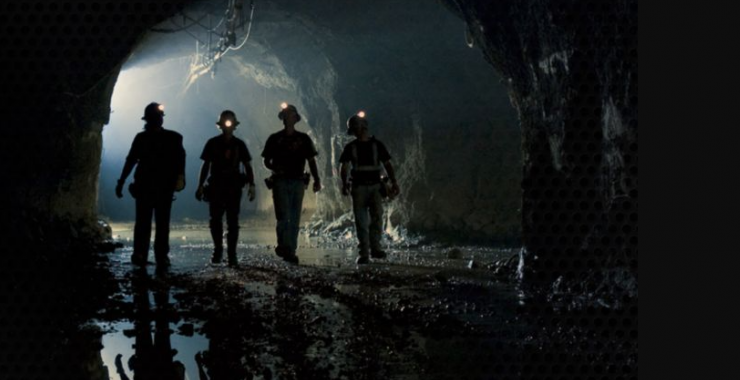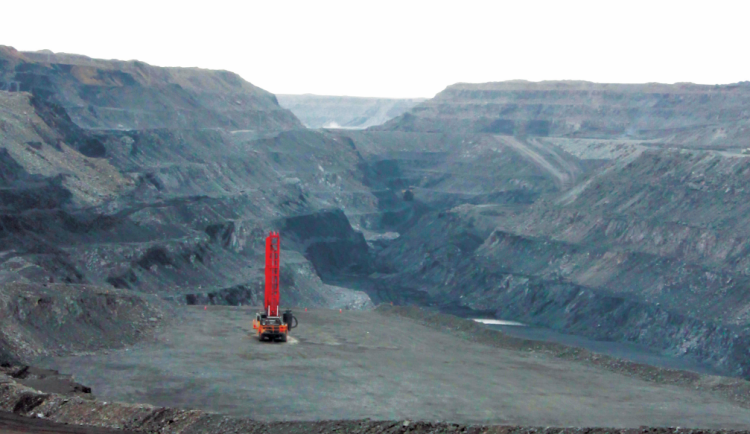 BAYARTOGTOKH.B
BAYARTOGTOKH.BThe Expert Council of Mineral Resources received the technical and economic evaluation of 49 underground mines and 16 combined open-pit and underground mines throughout Mongolia. According to last year’s exploitation activity report, 37 enterprises in 12 provinces were conducting mining activities with 39 special licenses. Considering the mined deposits by mineral type, fluorspar is the most abundant, followed by gold. These are followed by mixed metals, tungsten, and copper.
The Mineral Resources and Petroleum Authority emphasized that there are 25 underground feldspar mines in Mongolia.
The largest in terms of the amount of fluorescein extracted from it and the products being concentrated is “Mongolrostsvetmet’’ SOE’s plant in Khentii province.
Under the jurisdiction of the company, there is also an underground mine that is being established by “Zuun Tsagaan Del”. One of the three underground tungsten mines is the mine of Khovd river in Tsengel soum, Bayan-Ulgii province. The mine is owned by “CC Mongolia’’ LLC and started production in 2014. It has a plant with the capacity to produce five tonnes of concentrate per day and produces concentrate with 65-70 percent. This year marks the 100th anniversary of the development of the mining industry in Mongolia.

The 100-year chronology and its development will begin with the Nalaikh mine, one of the first underground mines. In 1970, the miners who worked in the sloping mine found traces of ancient mining activities and evidence. The remains of lit candles and lamps prove that underground mining is not new for Mongolians. In addition to the Nalaikh mine, since the 1950s, underground mines have been opened one after the other, such as the Ikh Khairkhan mine, the Burentsogt tungsten mine, the Berkh fluorspar mine, and the Bayanduurekh coal mine. A “Museum-EducationResearch-Tourism Center’’ is in plans to be built based on the underground mine of Berkh.



















